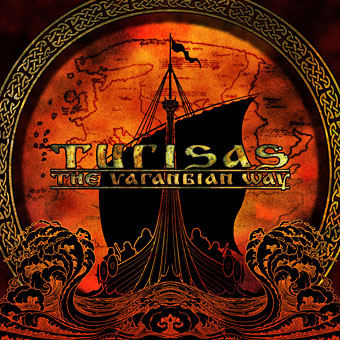Powell & Pressburger reworked for the stage
A Matter of Life and Death and theatre.
Category: {fantasy}
Fantasy
Fantastic art from Pan Books
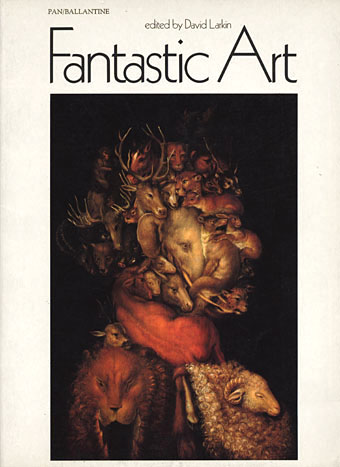
Fantastic Art (1973).
Cover: Earth by Arcimboldo.
I’d thought of writing something about this book series even before I started this weblog since there’s very little information to be found about it online. I can’t compete with the serious Penguin-heads, and I’m not much of a dedicated book collector anyway, but I do have a decent collection of the art books that Pan/Ballantine published in the UK throughout the 1970s. These were published simultaneously by Ballantine/Peacock Press in the US and nearly all were edited by David Larkin, with Betty Ballantine overseeing the American editions. Two of the series, the Dalí and Magritte, were among the first art books I owned. Over the years I’ve gradually accumulated most of the set, and I always look for their distinctive white spines in secondhand shops.
New things for April II
By an odd coincidence my work manifests in two different forms in Finland this month. Above is the Finnish reprint of ‘King Squid’ by Jeff VanderMeer, part of his City of Saints and Madmen fantasy novel which I designed as a self-contained work. SF magazine Tähtivaeltaja has produced this as a supplement to their latest issue and done a great job of maintaining the look of the original printing.
And in the music world there’s a new CD design for Finnish metal band Turisas. This is their second album, The Varangian Way, a concept affair that describes the journey taken by Viking explorers from the Gulf of Finland to Byzantium via the rivers of Russia. Very bombastic stuff, with choir and orchestra backing the band so it’s probably fitting that I again referenced (ie: swiped) the bloated sun from Bob Peak’s Apocalypse Now poster for the cover.
Previously on { feuilleton }
• The poster art of Bob Peak
• New things for April
• City of Saints and Madmen
The art of Bertrand
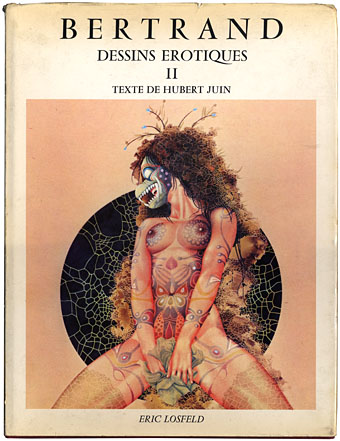
The first question has to be “Bertrand who?” but you won’t receive an answer here since information is scarce (see below). Bertrand’s erotic surrealism first appeared in the late Sixties, going by the dates in collections of his work. Some of his paintings and drawings crept into the underground mags of the period then turned up in odd places throughout the Seventies. The first I saw of any Bertrand art was on the cover of the pre-Savoy publication, Wordworks #6, and a music paper ad for the Chrome 12″, Inworlds.
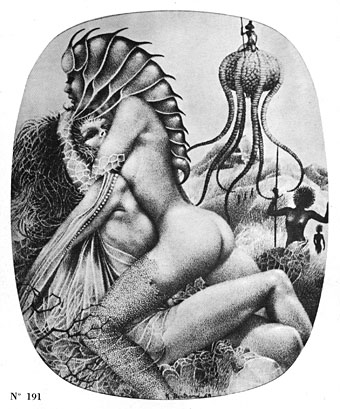
French porn publisher Eric Losfeld produced a couple of large, limited edition collections of Bertrand’s work in the early Seventies. All the drawings reproduced here are from the battered 1971 volume shown above. If it seems surprising that these haven’t been reprinted it may be that Bertrand’s concerns are too weird or simply too unpleasant for contemporary tastes. Many of his ink drawings, and some of his paintings, seem to have begun life as decalcomania splotches, a Surrealist technique invented by Oscar Dominguez as a means of injecting chance into the creative process. Decalcomania produces random patterns which the artist then elaborates upon. Max Ernst’s famous Europe After the Rain, and a number of his other paintings from the 1940s, began life as a field of vaguely organic marks created by pressing thickly applied paint to the canvas with a sheet of glass or paper. Bertrand used ink stains in a similar way, with the result that most of his doe-eyed female figures (and his figures are nearly always women) are fringed by leafy or fungal growths. Many of his scenes are a kind of lesbian equivalent of the human/alien entanglements one finds in William Burroughs’ more elaborate flights of fancy. If his women aren’t being absorbed into some organic mass, they’re often being subject to investigation (even impalement) by spikes or claws, and here we perhaps find the reason his work remains out of print. Feminists then and now would have taken a dim view of Bertrand’s more violent works; even if Taschen did produce a Bertrand collection, it’s unlikely that many of the more grotesque pictures would be included.
All the pictures in the Losfeld books were produced in a short period from 1967–69. What happened to Bertrand afterwards remains a mystery. Did he decide to do pursue a different, more commercial direction? Is he still alive? The books offer no clue but maybe someone out there has the answer.
Update: Nathalie discovers that the artist in question is Raymond Bertrand, and more of his work can be seen here.
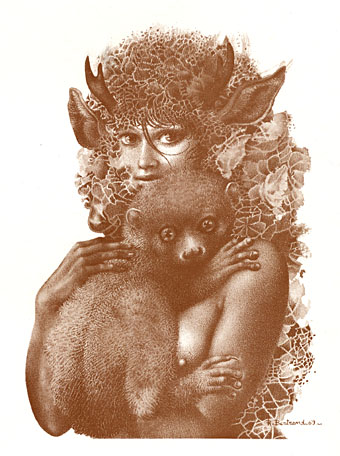
Jodorowsky on DVD
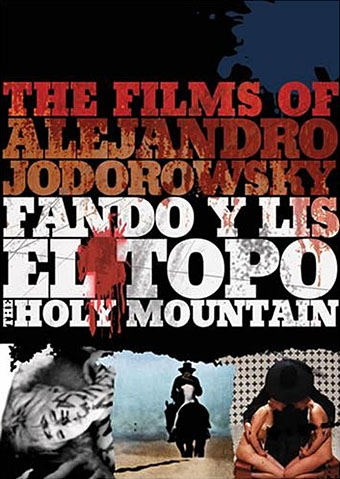
I am an artist. Now the pictures are not made by artists. They are made by companies and produced by multinationals. The art in the picture is lost. Now when artists make pictures, they make them for museums. But museums, for me, are cemeteries.
Alejandro Jodorowsky.
More from the About-Bleeding-Time Dept. (emphasis on “bleeding” in this case). Some of the most extraordinary films ever made finally receive an authorised DVD release in May.
Anchor Bay will release a special limited edition collector’s box set, The Films of Alejandro Jodorowsky, on DVD on 5/1/2007 (SRP $49.98). The set will contain El Topo, The Holy Mountain and Fando Y Lis on DVD, fully restored and remastered from new HD transfers in anamorphic widescreen video, with Dolby Digital 5.1 and 2.0 audio (El Topo is 125 minutes in Spanish, The Holy Mountain is 114 minutes in English, Fando Y Lis is 93 minutes in Spanish). The box set will also include 2 music CDs containing the soundtracks for El Topo and The Holy Mountain, as well as a DVD of Jodorowsky’s never-before-released first film, La Cravate. El Topo and The Holy Mountain will also be available separately (SRP $24.98 each). The El Topo DVD will contain audio commentary by the director, the original theatrical trailer (with English voice-over), a 2006 on-camera interview with the director as well as an exclusive new interview, a photo gallery and original script excerpts. The Holy Mountain DVD will include audio commentary with the director, deleted scenes with commentary, the original theatrical trailer (with English voice-over), the Tarot short with commentary, a restoration process short, restoration credits, a photo gallery and original script excerpts. Fando Y Lis will include audio commentary with the director and the La Constellation Jodorowsky documentary. Subtitles on the discs will be available in English, French, Spanish and Brazilian Portuguese.
• Jodorowsky’s official site (in Spanish)
• Jodorowsky discusses the new releases with Premiere Magazine
• Jay interviews Jodo: Mean Magazine | LA Weekly
Previously on { feuilleton }
• Jordan Belson on DVD
• Further back and faster
• Kenneth Anger on DVD…finally
• The Brothers Quay on DVD
• El Topo
• Gangsters on DVD
• Blade Runner DVD
• The Invasion of Thunderbolt Pagoda


